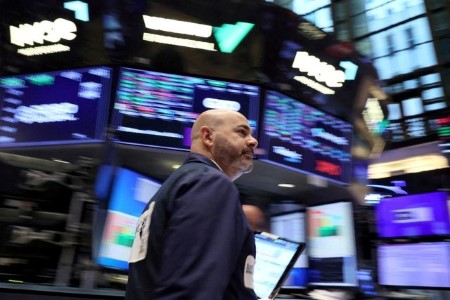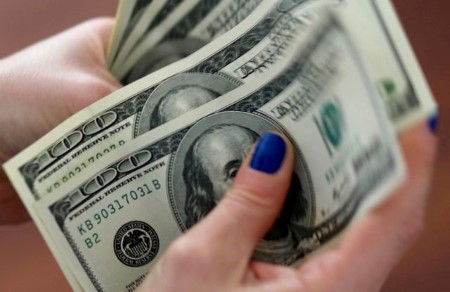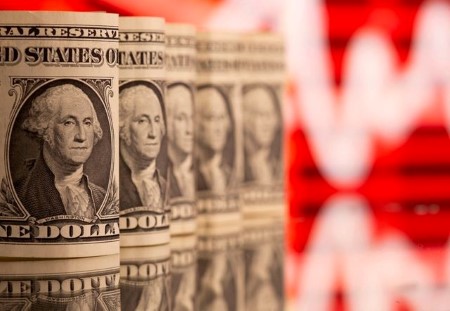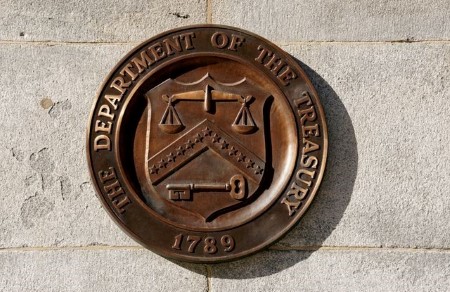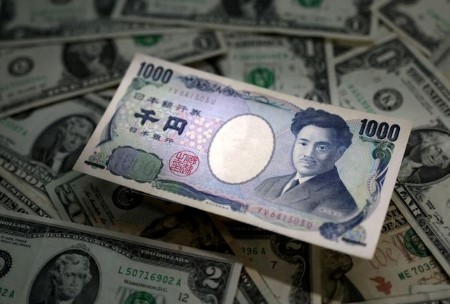Nov 15 – Gold steadied below one-week highs on Wednesday, weighed by a stronger dollar, but expectations that the US Federal Reserve is done with hiking interest rates put a floor under prices.
Spot gold fell 0.1% to USD 1,960.49 per ounce by 2:20 p.m. ET (1920 GMT), after touching a one-week peak earlier. US gold futures settled 0.1% lower at USD 1,964.30.
Denting bullion’s appeal, the dollar index was up 0.4%, while benchmark 10-year US Treasury yields rebounded after a revision of retail sales data showed strong gains in September.
Bullion gained nearly 1% in the previous session after data showed that US consumer prices were unchanged in October. US producer prices fell by the most in three-and-a-half years in October, the latest indication of inflation pressures easing.
“The results from CPI and PPI are positive and it continues to support gold prices with the expectation that inflation will continue to pull back adding to the expectations that the Fed is done raising interest rates,” said David Meger, director of metals trading at High Ridge Futures.
The market was certain the US central bank will leave rates unchanged in December, with most traders eyeing rate cuts from May 2024, according to the CME FedWatch tool.
While gold is considered an inflation hedge, rising interest rates dull non-yielding bullion’s appeal.
“With yields back up, gold is lower after the initial spike up. I think the outlook will remain positive for (gold) assets but the moves will be more measured,” said Tai Wong, a New York-based independent metals trader.
Investors also looked at data that showed US retail sales fell in October, though by less than expected, after months of strong gains, pointing to slowing demand that could further strengthen expectations of a rate-hike pause.
Spot silver rose 1.6% to USD 23.45 per ounce, after touching its highest since Oct. 20 earlier.
Platinum was up 1.1% at USD 895.13 and palladium gained 1.5% to USD 1,032.45. Both metals were eyeing their third straight session of gains.
(Reporting by Anushree Mhukerjee and Ashitha Shivaprasad in Bengaluru; Editing by Emelia Sithole-Matarise and Tasim Zahid)







 DOWNLOAD
DOWNLOAD






